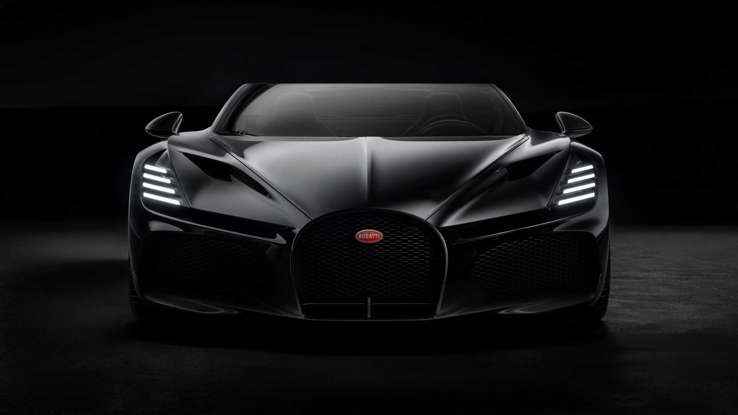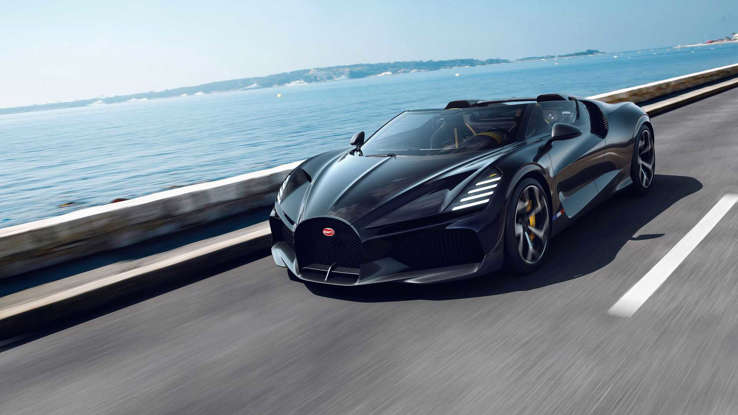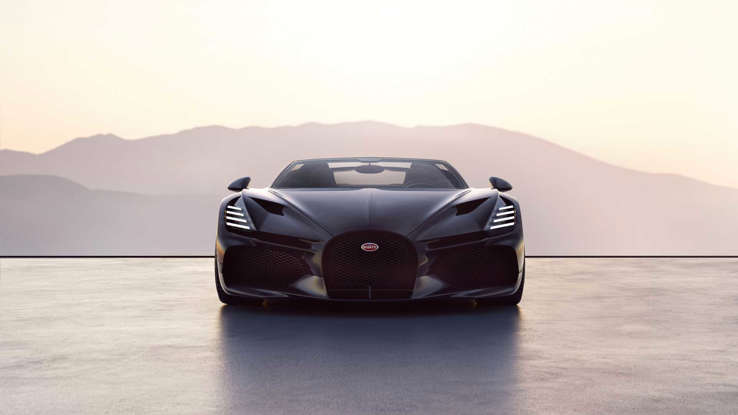
Company CEO Mate Rimac commits to sports cars with combustion engines for the medium term.
Bentley, Aston Martin, Rolls-Royce – these are just a few of the high-end marques that have hopped on the SUV bandwagon in recent years. Ferrari will join them as early as next week with the Purosangue, while McLaren’s new boss believes sport utility vehicles are “very important.” Despite rumors claiming Bugatti is also going to launch a high-riding model, it’s not going to happen. Well, at least not in the foreseeable future.
Company CEO Mate Rimac revealed in an interview with German magazine Autobmobilwoche that a Bugatti SUV is not part of the 10-year plan. In addition, a purely electric model won’t be happening in this timeframe, which is quite surprising since the vast majority of automakers will have an EV on sale by 2032. In fact, many car brands will have abandoned combustion-engined cars by then, at least in certain markets. That said, Bugatti is no ordinary automaker, and to quote Ettore himself: “If comparable, it is no longer Bugatti.”
Although an EV has been put on the back burner, Bugatti can’t ignore electrification. Increasingly stringent emissions regulations will impact even the elite brands, which is why the mighty W16 engine is being retired with the Mistral roadster. The Chiron’s successor will have no other way but to adopt a hybrid powertrain, with Mate Rimac saying the car is going to be “heavily electrified.”
That likely means a downsized combustion engine, so the sixteen-cylinder mill is going the way of the dodo. However, Bugatti’s head honcho has promised a “very attractive combustion engine” for the Chiron’s replacement. We’ll have to patiently wait a while to see the hypercar since it’s not going to debut until 2024. It’ll be interesting to find out whether the ICE will be a completely bespoke unit or one derived from a VW Group gasoline engine, perhaps the all-new V12 debuting next year in the Lamborghini Aventador’s successor.
During the same interview with Autobmobilwoche, Mate Rimac said one of the objectives is to boost the electric range of the hybrid powertrain to at least 50 kilometers (31 miles). It would allow one-percenters to drive around town without firing up the ICE.









